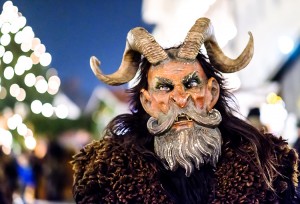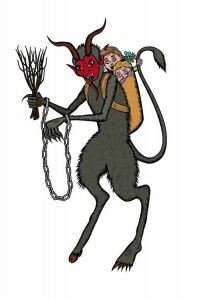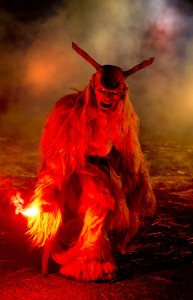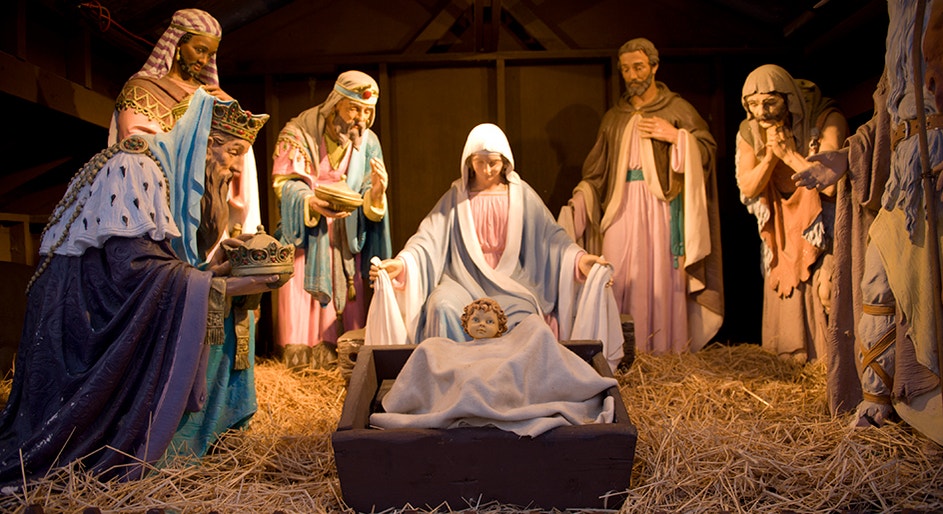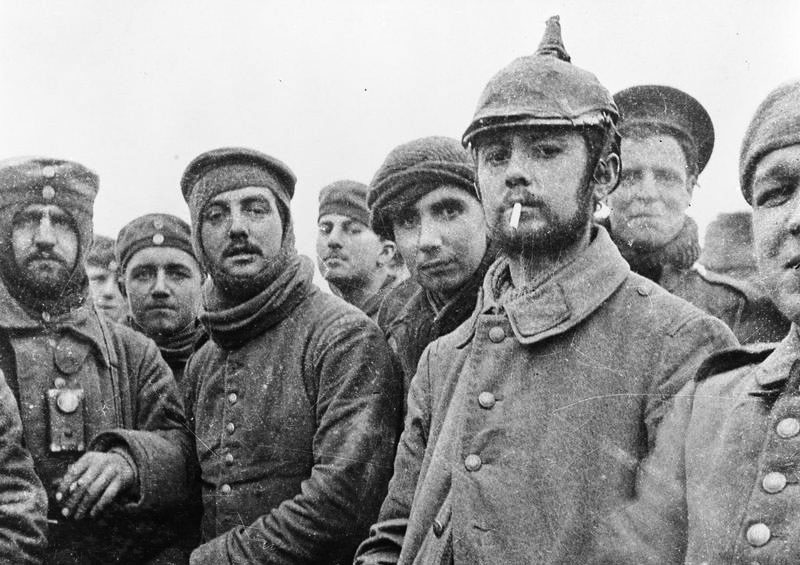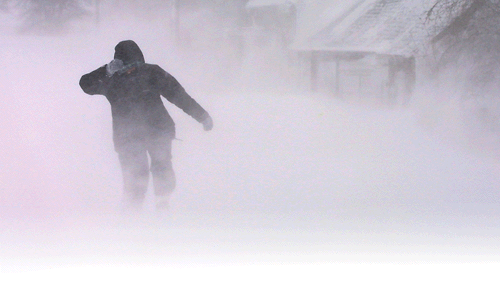Wishing You a Merry and Safe Christmas!
Monday, December 25th, 2023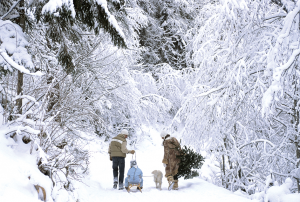
Cutting a tree for the home is an important Christmas tradition in many families. This photograph shows an Austrian family carrying a freshly cut Christmas tree through a snow-covered forest.
© Hans Huber, Westend61/Alamy Images
The Christmas season is here! Christmas is a special holiday for many people around the world. Christmas is a Christian feast day that commemorates the Nativity. The Nativity is the birth of Jesus Christ. A feast is a time of celebration. The Nativity feast originated in ancient times and evolved over many years. Most Christians observe Christmas on December 25, but the exact date of Jesus’s birth is unknown. The modern English word Christmas that is used today came from the early English term Cristes maesse, meaning Mass of Christ. Both religious and nonreligious traditions developed around the feast.
Christmas traditions vary throughout the world. People in different places share some Christmas customs. For example, many people attend church services, exchange gifts, put up decorations, and share a special meal. Some customs are unique to a particular group or region. In many countries, Santa Claus brings presents to children during the Christmas season. Children look forward to receiving gifts from Santa Claus on the night of Dec. 24. They also may hang up stockings for Santa to fill with small treats. Today, friends and relatives give one another gifts at Christmastime.
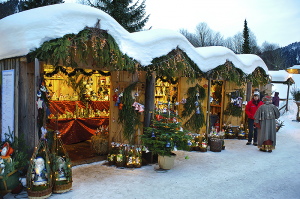
A festive Christmas market in Ettal, Germany, offers a variety of Christmas decorations and gifts. Germany is known for such markets, which fill town squares with temporary booths and shops during the holiday season.
© iStock Editorial/Thinkstock
In the United States and Canada, people decorate their homes with Christmas trees, evergreen wreaths, and Nativity scenes. They place presents for one another under the tree. City streets sparkle with outdoor lights and other decorations. Many people send greeting cards to relatives and friends who live far away. In some places, groups of carolers walk from house to house singing Christmas songs. Charity also has become an important part of the Christmas season. Many people feel a desire to share their good fortune with those who cannot afford Christmas gifts or a large holiday meal. Churches, schools, and businesses organize food and gift drives.
Many people watch shows and movies about Christmas. The Nutcracker ballet, first performed in Russia in 1892, remains a tradition during the Christmas season. Many people have favorite Christmas movies to watch with friends and family such as It’s a Wonderful Life (1946), Miracle on 34th Street (1947), A Christmas Story (1983), and Home Alone (1990). However you choose to celebrate, we hope you have a safe and joyful Christmas!

